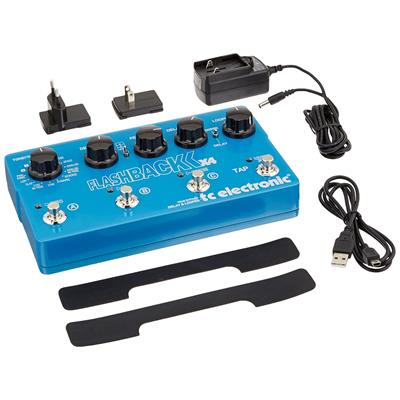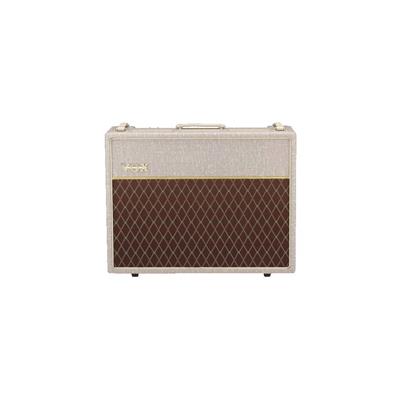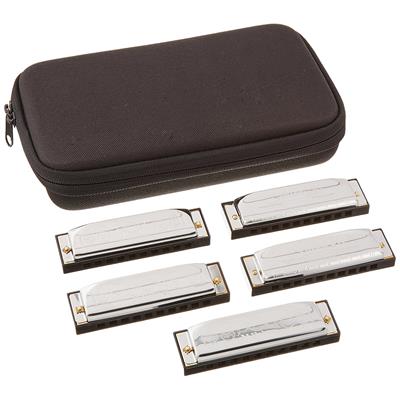So after spending many months swinging between the decision to practice keeping tempo on your own and picking up a metronome, you have finally swayed entirely and bought one. Good on you. Metronomes are incredibly useful, whether you are a beginner player or a seasoned musician. These simple seeming devices have provided musicians with a rhythm and beat to play for ages. You have, as a diligent student, already put it down in your practice room and attempted to use it. It is even possible that you have been working with one for a few weeks, and yet you feel like something is missing. Whether it is because you are not using it right, or because you want to see if there are more tips and tricks related to using a metronome, you have come to the right place, for I, as a generous blogger, have decided to help you out.

Why get one
If you already got one, then you don’t need me telling you why you should get a metronome. If you don’t have a metronome and are a beginner player, then lend me your ear (or eye in this case) for a minute. The metronome helps you learn and build your timing skills. This means it helps you learn when you play the right notes at the right times, which is just as important as any part of playing music. I have been a beginner in the past as well, and I know how important it is to actually learn to play the notes, but ignoring timing is a grave mistake. Playing the right notes, but being off in terms of timing means that you are playing a different song than the rest of your band. The band does not want that, the sound engineer doesn’t want that, the audience does not want that and you don’t want that either. Picking up a metronome can help you fix this issue. You just have to use it right.
Working on the basics of your Rhythm
The first thing, and the most basic thing, you are going to want to do is to develop your rhythm. This means getting used to what a certain beat speed sounds and feels like, with your body. One thing to do for a successful development of rhythm sense is to put down your metronome, set it to a certain Beat Per Minute (BPM) and start tapping along to the metronome. This will help your body to learn what a certain BPM sounds and feels like. Do this to a slow BPM, every day before practice, for about 5-10 minutes, and you will start to notice that your body is developing a better sense of rhythm. It is a very basic and a very useful exercise, especially for beginners, that a metronome can help you with.
It is possible to develop this exercise a little further by starting to make more complex movements. Tapping your foot is great, but drawing a circle, or doing otherwise repetitive, simple movements with your other body parts will help you build a better sense of rhythm.

A step further
Now that you have figured out the basics and more or less mastered the art of tapping your foot along to a song, it is time we got into something more challenging and involved. Now comes the actual practice and using your metronome during it to maximize your ability and learn to stay on tempo, no matter how fast or slow you are playing.
Practice time: Just started
After the first five minutes of tapping, circling, whistling or otherwise working with your metronome is over, turn it off. Your body has gotten used to a certain beat, so you might want to play around and relax a little without it. So let’s say you spend the next ten, fifteen or twenty minutes practicing without a metronome, playing the songs and music you want. Liberate yourself, in a sense, from the burden of rhythm and dedicate this time to playing the right notes.
At this point what I like to do is pick a single song that I want to master, and keep playing it. I go through the song several times, learning and memorizing the patterns, notes, chords and the little details of the song, so that I do not have to go back to the notes every few minutes. This might take me 10 minutes, if it is a song I know, or up to an hour, if it is a complicated song that I have never, ever practiced before. Doing this without thinking about timing and rhythm allows me to actually learn the intricacies of the song and prepare fully for the next part.
Practice time: After warm up
Alright, time to fire up the metronome. Set the beat to a nice, slow pace that you know you will be comfortable with. Nobody is demanding that after a bit of warm up and learning the notes you play the music perfectly and at a high speed. This is not a competition and won’t be. This is practice, where you can take your time to get better. So set the BPMs lower than the song actually has them. So let’s say if the song goes at 100 BPMs go low and play at ¾ or even half that speed: 75 BPMs or 50 BPMs.
Do this for a while. It will help you to get used to the timing of each note throughout the song. Keep practicing this until you are able to play the song on time without missing a single note. After you are comfortable with a certain beat, speed it up. Keep doing this until you’re able to play the song fairly comfortably at each speed, finally getting to the full speed of the song. At this point you will notice it is easy to play the song, though you might still be messing up, just a little.
Practice time: getting to the second half
This is where everything gets a little tedious. You will have noticed that despite the fact that you are pretty comfortable with most of the song, you are still struggling with timing notes just right at certain points. Don’t worry, this is not because you are a bad musician. Everyone has a hard time learning a song, even masters. No, what is going on is that certain parts of the song are just a little harder than others. Identify these parts with the help of your metronome. You will likely have the urge to slow down at these parts, and the metronome is there to point the slow down out to you. These complicated parts are the ones you will have to practice a little more.
Realistically identify why these points seem so much harder to you. Whether it is because you are working with an unfamiliar chord, there are some complicated finger movements involved, or a myriad of other possible problems, you need to know what they are. Once you do know what they are, you can sit down and work with them and practice them, until the yare ironed out. At this point you can start playing the full song again. You will notice how much better you can handle the complicated parts.
Practice time: after you’ve identified the problem parts
This is probably the most annoying part of practice. Since you know what are the complications that get in the way of your playing, turn the metronome off, and start practicing the motions. Pick several different chords and combine them with the complicated chord or motion. Keep practicing these transitions. It will possibly take you a while, but you will get to a point where the complicated chord or motion is not so hard anymore. This is because, just like with running or weightlifting, your muscles need to get used to an unfamiliar or complicated motion before they are able to handle it without issue. So practice, and you will get there.
These are the basics of practicing with a metronome. While there are more advanced techniques, these will cover most of what needs to be done with a metronome for effective use. Just remember to go through this practice routine with the songs you want to learn.
Good Luck!






